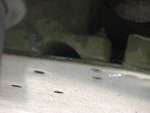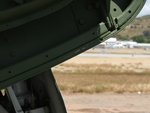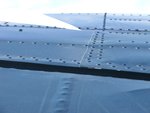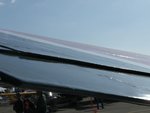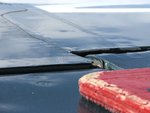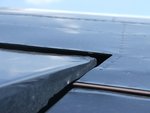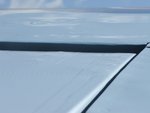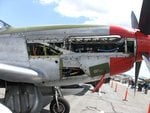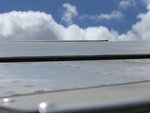FLYBOYJ
"THE GREAT GAZOO"
Try: C C Alloys Corporation 209 East Jefferson Street, Purcell OK. I have no Idea where they are at. If you get to bakersfield there are numerous salvage companies in southern CA. If you get to Colorado, I 'll defiently hook you up!


